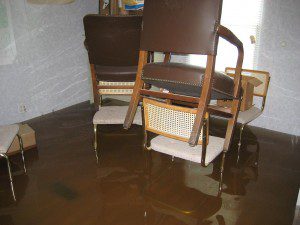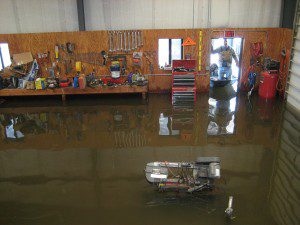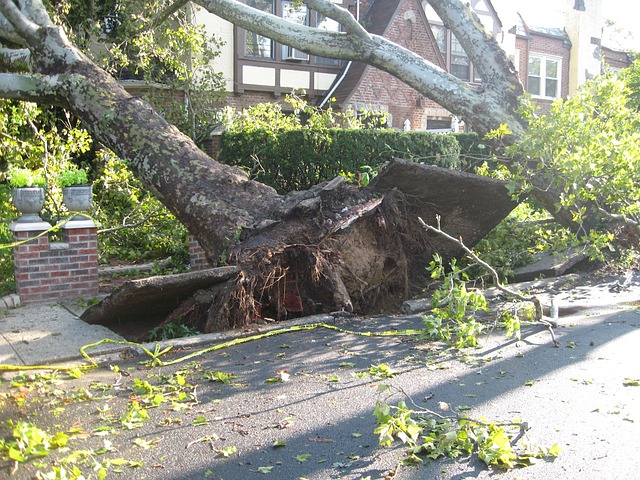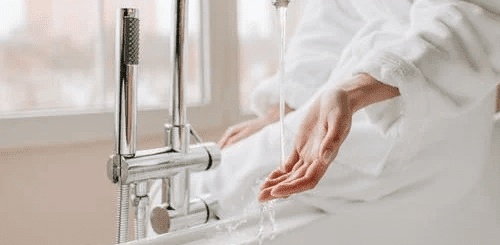Determining Factors of Content Restoration and Replacement
While it is commonly discussed that building structureStructure refers to the framework or components of a buildin... More can be restored from water damage as long as the restorationRestoration is the process of returning a property to its pr... More technicians are called right away. However, what many may not realize is how to restore their wet content, or if it can even be restored.
There are numerous factors in which determine whether or not personal items can be restored from water or flood damage. Here is a list of the factors that may provide some assistance to understanding as to deciding whether or not an item is salvageable:
Type of Water Damage the Item has Retained
 If the water was cleaned when it had come into contact with the item, there is going to be a higher chance that the item can be saved. This is because it does not contain any dangerous contaminants that are harmful to the surface of the content. Although it is possible to restore an item with contaminated water, there is also a chance that it may not be restored to its original condition.
If the water was cleaned when it had come into contact with the item, there is going to be a higher chance that the item can be saved. This is because it does not contain any dangerous contaminants that are harmful to the surface of the content. Although it is possible to restore an item with contaminated water, there is also a chance that it may not be restored to its original condition.
Amount of Water Damage Incurred in the Item
The time, in addition to the amount of water that has penetrated the affected item is another factor in determining whether it is salvageable or not. This is why it is important to call a water damage technician right away for immediate cleaning. Finally, the longer the item is left to sit in the water, the more water will penetrate the affected surface. In addition, porousPorous describes a material that contains small openings or ... More materials will soak in water faster than non-porous materials. However, if the dryingDrying is the process of removing moisture from materials, s... More process is started immediately, there is a higher chance that the item can still be saved.
Type of Damaged Material
Any materials containing holes or made of spongy material, such as wood, fabrics, and paper are harder to restore than others. There is also an increased chance for moldMold is a type of fungus that grows in damp or humid conditi... More growth to occur within the item, which may then deem it unsalvageableUnsalvageable items or materials are too damaged, contaminat... More. An example of this would be wooden furniture. The fabric and wood will quickly soak up any moisture, making it prone for moldMold is a type of fungus that grows in damp or humid conditi... More to permeateTo permeate is to pass through or spread throughout a materi... More within the cushions. In contrast, non-porous materials including aluminum, porcelain, glass, etc. have a higher chance of being restored as the majority of water will simply run off their surfaces. In addition, bacteria are not able to root themselves into the hard, slippery surfaces, allowing for an easier cleanup process.
Replacement Cost of Content
 Sometimes, the cost to restore an item is more expensive than what the item is actually worth. This may include items that have no high monetary or sentimental value. Should the need occur to replace any water-damaged materials, an evaluation should be performed with each item in order to calculate the total cost to replace the content.
Sometimes, the cost to restore an item is more expensive than what the item is actually worth. This may include items that have no high monetary or sentimental value. Should the need occur to replace any water-damaged materials, an evaluation should be performed with each item in order to calculate the total cost to replace the content.
In other cases, it is not always guaranteed that the restorationRestoration is the process of returning a property to its pr... More services will restore the content to their original conditions. In these cases, the consideration of replacement is necessary.
Water restorationRestoration is the process of returning a property to its pr... More technicians are always available to help you determine whether an item can be restored or not. A flood damage restoration company will be able to effectively dry out all property; therefore, they would be the most helpful in assessing the incurred damage to the item. RestorationMaster is qualified and trained to use advanced equipment and products when it comes to restoring content. Contact your local provider today if you need help with content restorationRestoration is the process of returning a property to its pr... More or water extraction.












